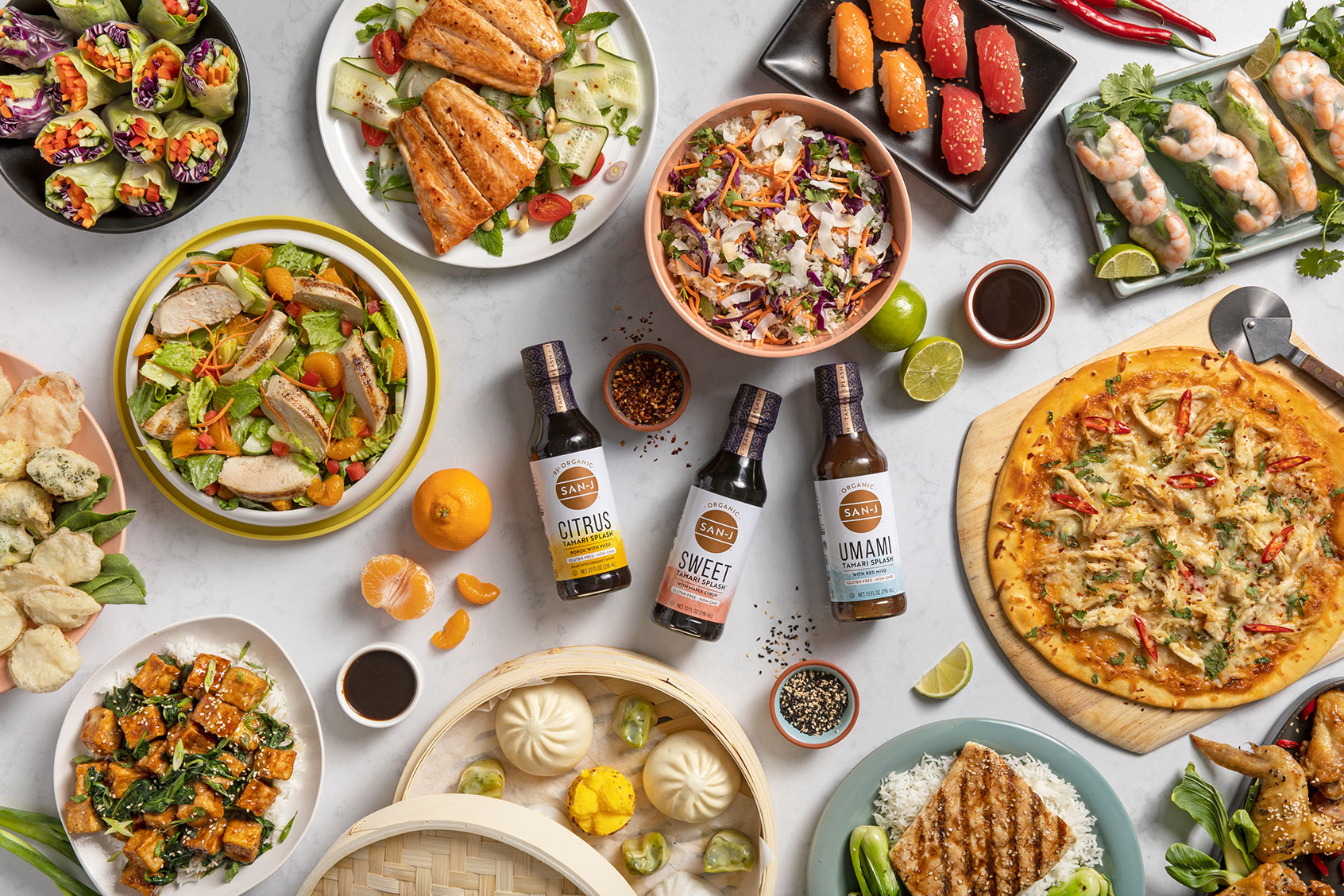For many, the concept of terroir is often limited to wine. Occasionally, it might be referenced when discussing dairy products, primarily cheeses, and some produce. However, it is predominantly associated with the specific flavor notes and profiles that certain grape varieties impart in particular wines.
Did you know that the subtleties within soy sauce can also be attributed to terroir? Not in terms of where the soybeans grow, but rather in how fermentation in Virginia differs from other regions.
In speaking with San-J President Takashi Sato earlier this year, I learned that the 220-year-old company's decision to base its factory in Virginia plays a crucial role in the flavor and uniqueness of its tamari, soy sauces and other products.
"Soybeans used in our products mainly come from the U.S., but not from Virginia. We contract with farmers in Minnesota, Ohio and other Midwest regions. All soybeans are non-GMO soybeans and many organic soybeans are also used." He noted, "We chose Virginia not because it is a soybean producing district, but because it is the best environment for fermentation."
Sato elaborated, "Like Japan, Virginia has high humidity. It also has four seasons like Japan. The fact that the conditions are similar to Japan means that it is easy to utilize our brewing experiences cultivated in Japan. Thanks to the Appalachian Mountains, the water is very good and the hardness is not too high."
Want more great food writing and recipes? Subscribe to Salon Food's newsletter, The Bite.
According to Sata, if the water hardness is too high, it becomes difficult to achieve the delicate tastes and aromas that can take a soy sauce (or wine) from good to exceptional.
“In fact, Virginia has the second-largest number of wineries on the East Coast, after New York,” he said. “If the land is good for wine, I expect it will be good for soy sauce."
Sato further explained that San-J's tamari is brewed with 100% soybeans and has about 37% more soy protein compared to typical soy sauce. In contrast, "koikuchi” — or the typical all-purpose soy sauce found at most restaurants — has a 50:50 ratio of soybeans to wheat. He added, "Soybeans are a legume that contains a great deal of protein. Soybeans are 40% protein, while wheat is only 10%. Therefore, the more soybeans you use, the more protein you have."
We need your help to stay independent
“Protein is broken down into amino acids during fermentation and we recognize these amino acids as umami,” he said. “Therefore, the more soybeans there are, the more protein and the more protein, the more amino acids and the stronger the umami taste which can be retained in your dish."
So, the next time you take that little bottle of soy sauce at your local sushi restaurant for granted, consider all the work and history that goes into even the tiniest drop of tamari or soy sauce. It’s so much more than just a condiment.
Read more
about this topic


